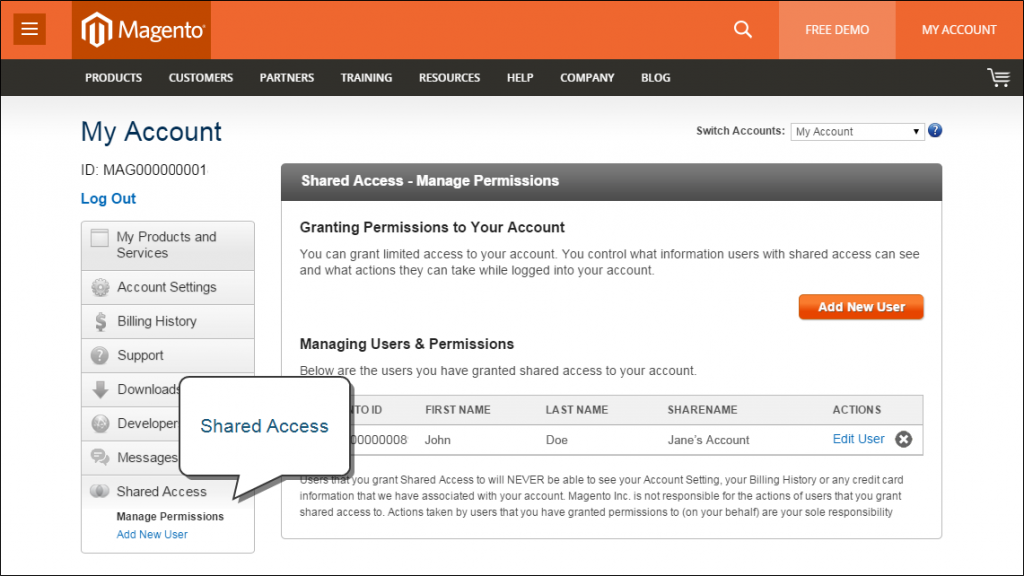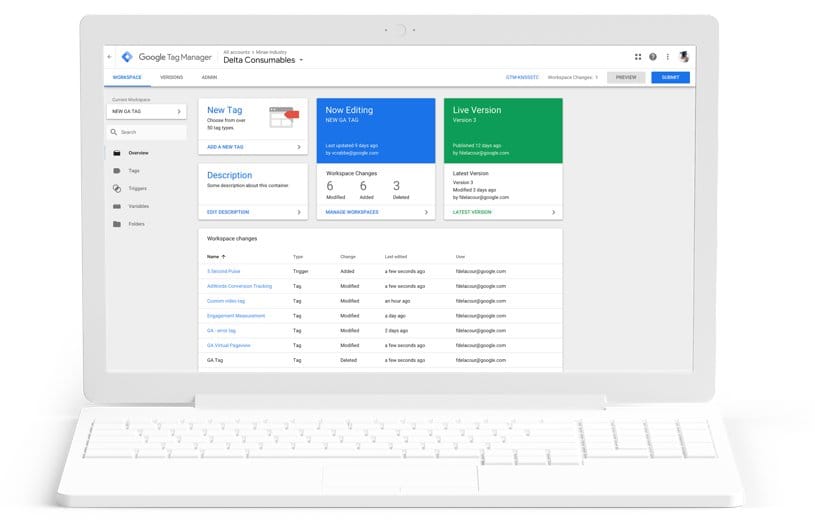One of the reasons why more and more e-commerce entrepreneurs choose Magento for their online store is its incredible flexibility and ease with which it can be integrated with any tool, service, and marketing strategy. Let’s take a closer look at some ways you can adjust business process automation through Magento.

1. CRM integration
By connecting your Magento-based store to your customer-relationship management system, you give yourself an opportunity to observe and control all the information concerning your client’s activity, from the status of their shopping carts to participate in loyalty programs and beyond. Simply speaking, you get easy and full access to the entire chronological history of your interactions with every client, starting with the first time they visited your website and up to the current moment. Of course, such information is of limited use by itself – but you can apply for Magento integration services to make sure the process is automated, and all the relevant information finds its proper use in improving your customer funnel efficiency.
2. Email marketing integration

Customers nowadays barely register the appearance of traditional marketing emails in their inboxes — 99 times out of 100 your email gets into the dustbin before the recipient finishes reading the first line of text (probably even the first word).
You can change the situation through the use of a Magento extension such as Magento Email Templates to make sure all the transactional emails you send to your customers are wildly different from what they are used to. This will help you cultivate return customers through the use of segmentation, targeted promotions and SEO optimization.
3. Magento SEO management
Internal links are, as seen from their name, links that lead from one page of your website to another. Most SEO Experts agree that internal linking is extremely important for establishing the website’s authority because they lead search engines to the parts of your website they don’t know about yet. Concerning an online store you can, for example, use them for the added benefit of creating associations between all the items in the same category, uniting them into groups.
All this can, of course, be done manually, but as your store grows this already time-consuming task gradually gets more and more cumbersome, finally becoming almost impossible to be completed in a realistic time span. This job, however, can be dramatically simplified with the use of an extension like Automated Internal Links that creates links on its own with the help of keywords and phrase associations. It is even better than it sounds because after you set it up once it keeps working on its own unless you change its settings.
4. Content marketing integration
Content marketing has become something of a buzzword over the last few years, and the majority of search engine optimization experts and marketers agree that its importance is only going to grow over time. Of course, integrating your storefront with at least some of the tools you use to employ content marketing should be one of your primary tasks. One of the most logical ways to do so would be to connect it to your business blog. This way you will be able to quickly and easily communicate news to your customers, let them know about discounts and sales, send them holiday greetings, offer them promotions and much more. You shouldn’t forget about the importance of receiving feedback from them, for which a comments section is a natural choice. All this can be done through extensions like Blog – Community Edition.
5. Google shopping integration
Google shopping is a service that allows users to look for products in a variety of online stores while comparing their prices, delivery conditions and other features. Integrating your Magento store with it is an excellent way to improve search engine optimization without applying great effort and wasting a lot of resources. This way customers will be able to immediately find your products in search results without even visiting your website (or, indeed, without knowing about its existence). Simple Google Shopping extension for Magento gives you a hassle-free method of exporting the information about your products from your store to your Google Shopping account, thus eliminating a lot of manual work.
6. Google Tag Manager integration

Google Tag Manager is a handy tool that allows you to manage all the tags on your website without knowing anything about coding. All that is required of you to make it work is to add your container ID to the configuration.
One of the primary applications of this extension is support of your dynamic remarketing efforts. Merely attach Google tracking tags to your website and utilize the information you receive through them to show every user visiting your site via targeted advertisements. If need be, you can always add further tags without the need to alter the code.
7. Magento Facebook integration
Social media is an extremely important marketing channel these days, and Instagram is possibly one of the most important social networks regarding its usefulness for marketers due to its highly visual nature. If you want an efficient way to show off your products, this is a go-to tool. However, standard Magento doesn’t give you an opportunity to display an Instagram feed in your store. This can be easily rectified through the use of one of several tools aimed at Magento/Instagram integration, for example, Instagram Integration Widget.
8. Review integration
It is natural for a buyer to look for feedback about a product and a store before committing to payment. Making these reviews immediately available on the product page means a client doesn’t have to leave your website to read them; if they are positive, he is much more likely to go on to make a purchase right away than he is to come back after leaving. This functionality is offered by Yotpo Reviews, one of the most widely used Magento extension.
These are just a few examples of potential ways to integrate Magento with different tools and strategies — but they give you a very good impression of what you can expect.
Featured image: Shutterstock



